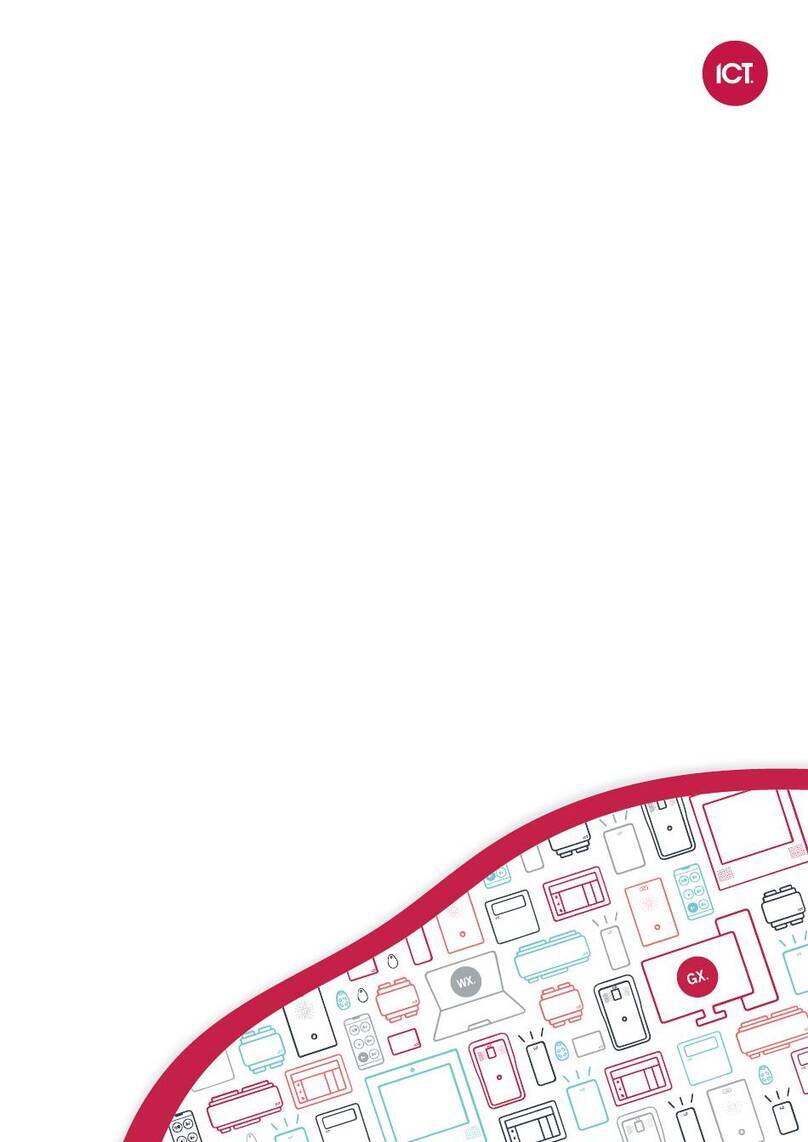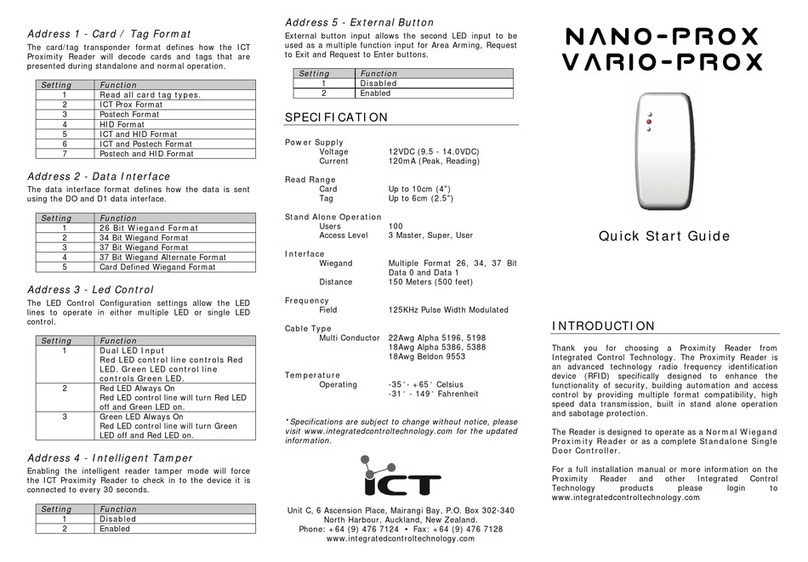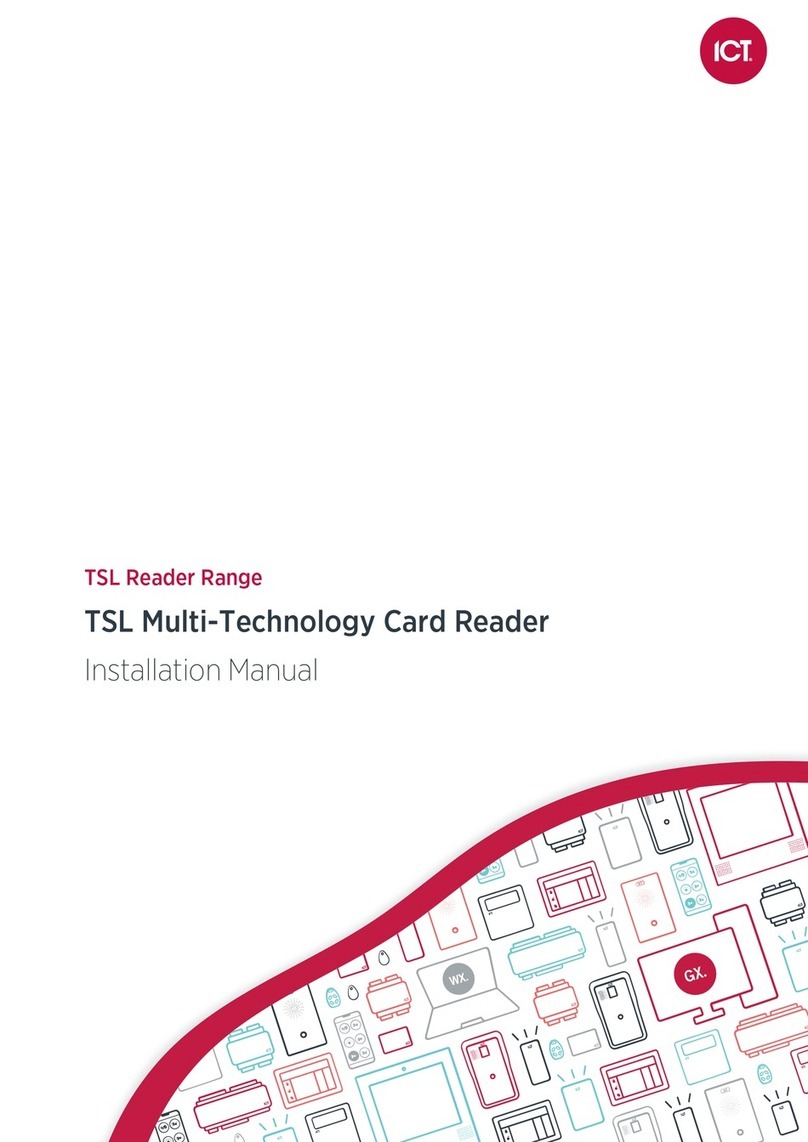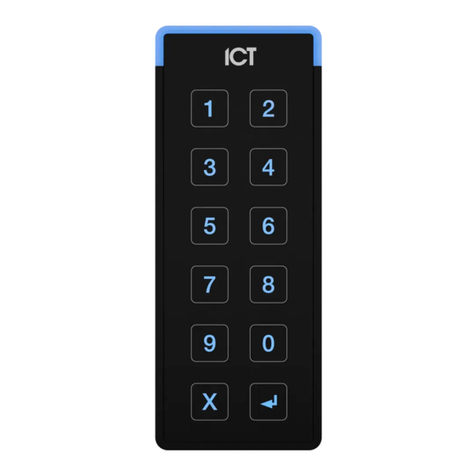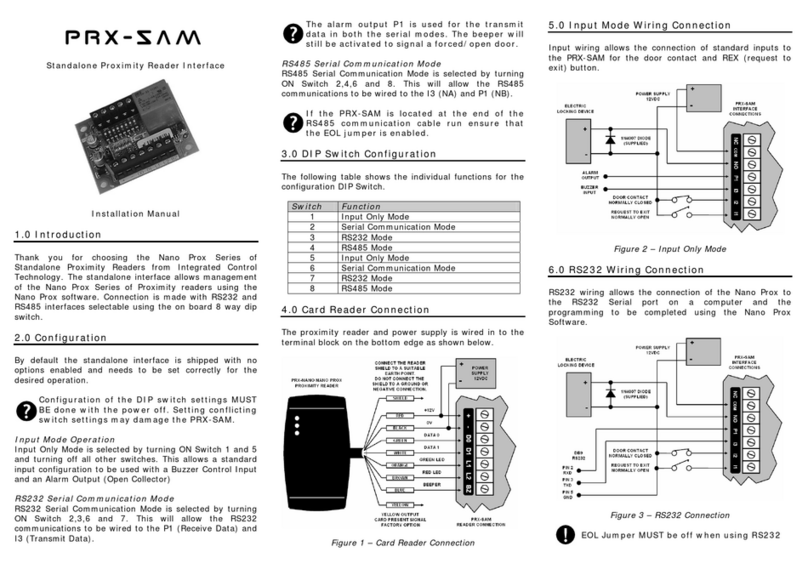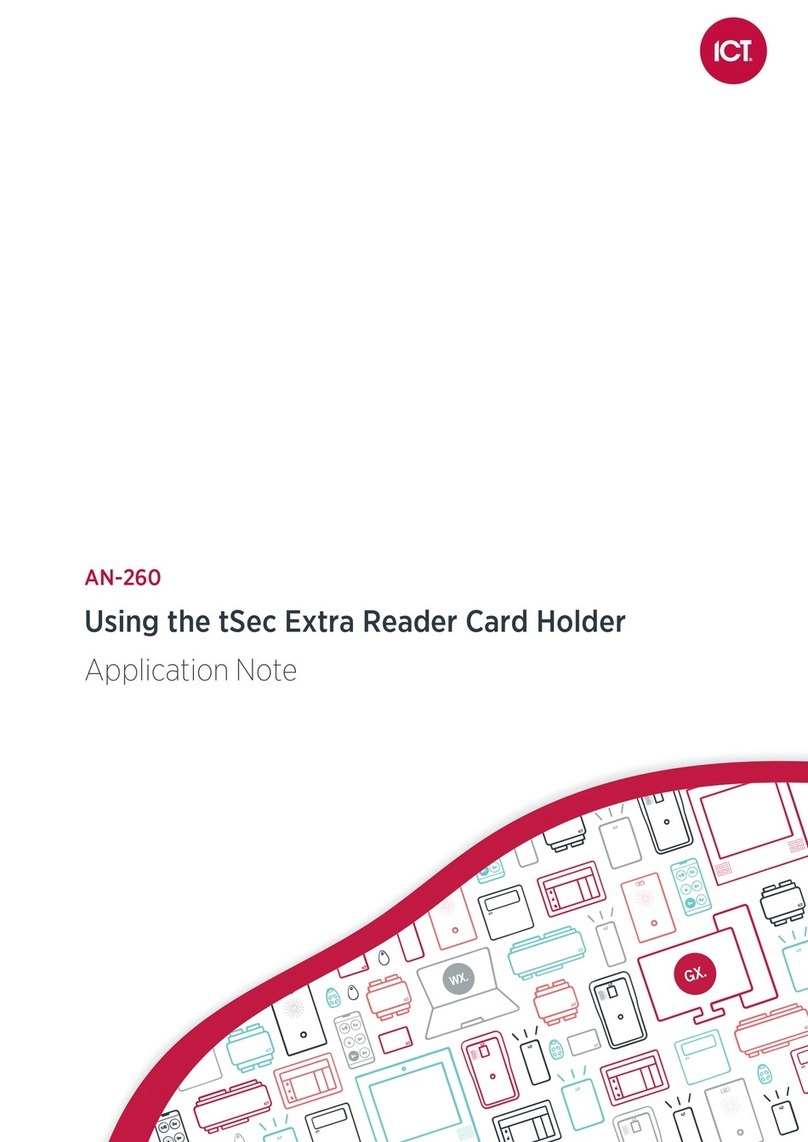
MIFARE Technology
About MIFARE
Based on the international standard ISO/IEC 14443 Type A, MIFARE is a technology used for contactless RFID
smart card systems consisting of card and reader components.
⦁Fully compliant with the international standard ISO/IEC 14443 Type A
⦁Multi-application memory to store several services on the same card, allowing for many integration
possibilities
⦁Fast transaction speed
⦁High security and fraud protection
Secured MIFARE Card Format
Secured MIFARE is the compromise between secured cards and cost. Card data is protected with a diversified
authentication key and encrypted with an AES256 algorithm. These cards are not as secure as DESFire EV1 but still
provide high security against cloning. This card mode can be used on all MIFARE 1K (S50) cards and tags.
About MIFARE DESFire EV1
MIFARE DESFire EV1 is an ideal solution for multi-application smart cards in transport schemes, e-government or
identity applications. It complies fully with the requirements for fast and highly secure data transmission, flexible
memory organization, and interoperability with existing infrastructure.
⦁Fully compliant with the international standard ISO/IEC 14443 Type A 1-4
⦁Common Criteria EAL4+ security certified
⦁Secure, high speed command set
⦁Unique 7-byte serial number
⦁Open DES/3DES crypto algorithm in hardware
⦁Open AES 128 bits crypto algorithm in hardware
About MIFARE DESFire EV2
MIFARE DESFire EV2 delivers the perfect balance of speed, performance and cost-efficiency. For a truly
convenient touch-and-go experience, MIFARE DESFire EV2 offers increased operating distance.
Based on global open standards for both air interface and cryptographic methods, it complies with all
requirements for fast and highly secure data transmission and flexible application management.
⦁Fully compliant with all levels of the international standard ISO/IEC 14443A
⦁Common Criteria EAL5+ security certified
⦁Secure, high speed command set
⦁Unique 7-byte serial number
⦁Open DES/3DES crypto algorithm in hardware
⦁Open AES 128 bits crypto algorithm in hardware
⦁Fully interoperable with existing NFC reader infrastructure
⦁Backwards compatible with all previous MIFARE DESFire generations
tSec | tSec Multi-Technology Card Reader with Bluetooth® Technology | Installation Manual 9






